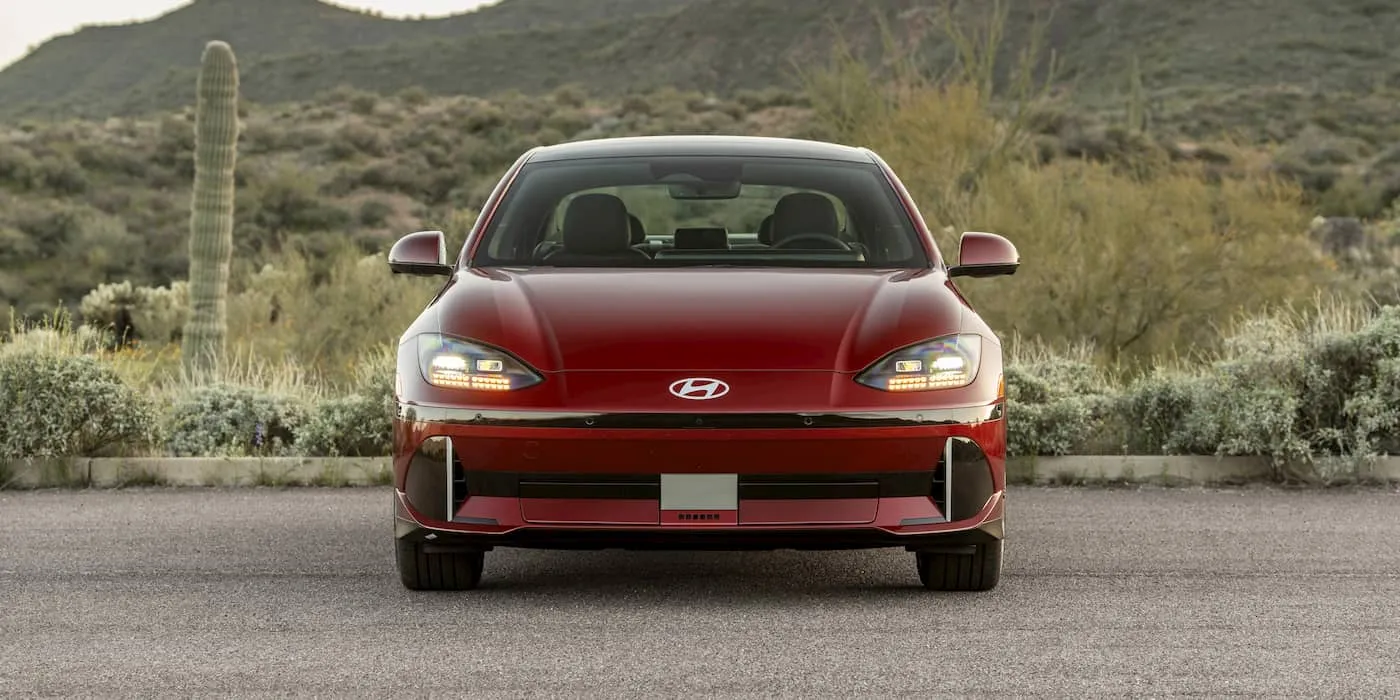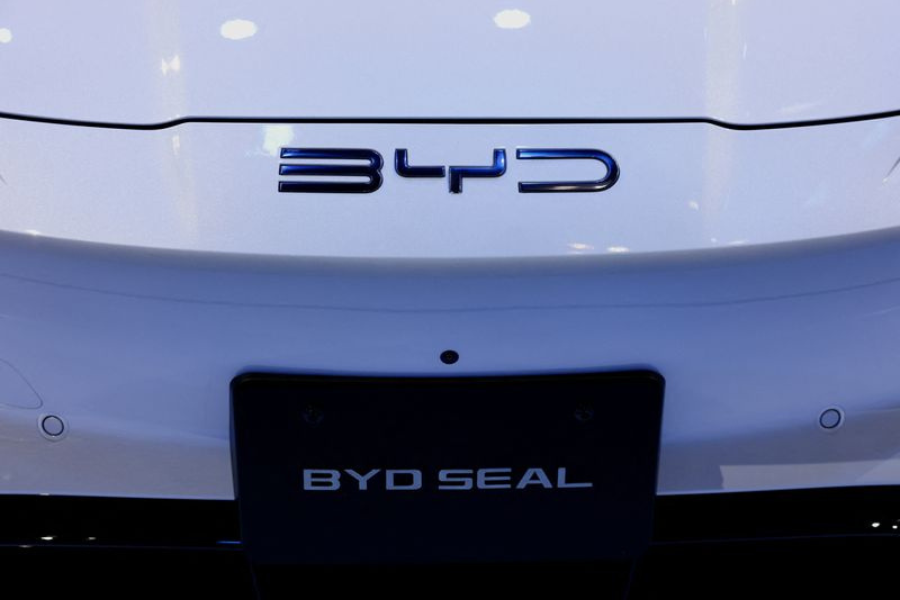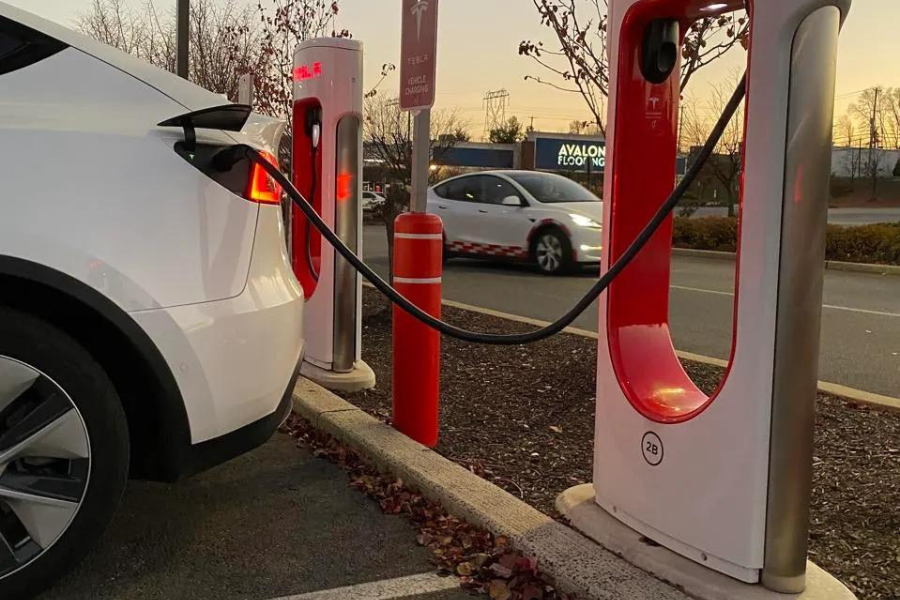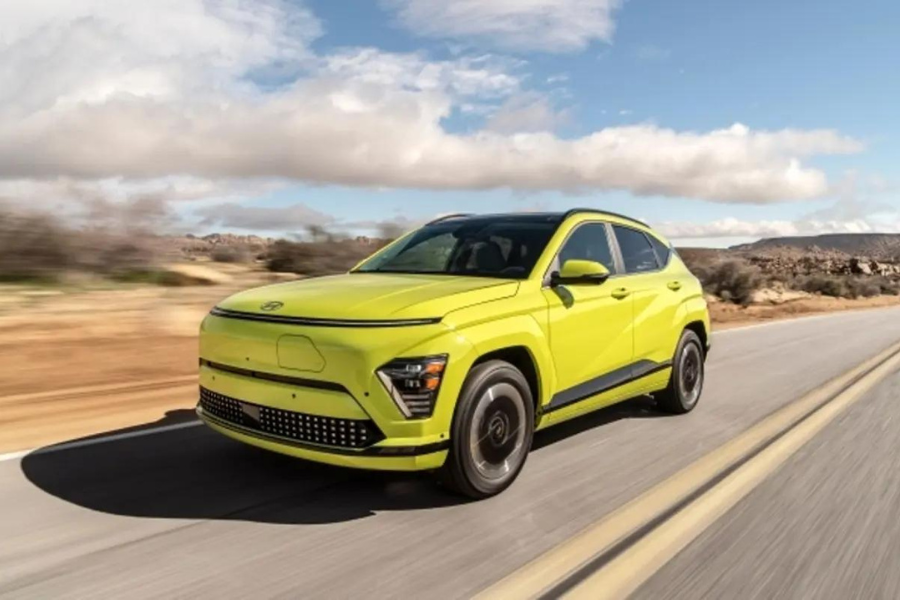Electric Vehicles (EVs) are rapidly becoming a mainstream technology, gaining support from governments and manufacturers. The EV market is evolving with new models, incentives, and advancements in battery technology.
While this shift contributes to a cleaner, greener future, a recent study sheds light on a unique segment of the U.S. population known as “superusers.” These individuals, constituting just 10% of American drivers, drive an extraordinary number of miles annually in second-hand gasoline SUVs and pickup trucks. Despite being a small fraction of drivers, they consume a staggering 35% of all gasoline, surpassing the total gasoline consumption of China.
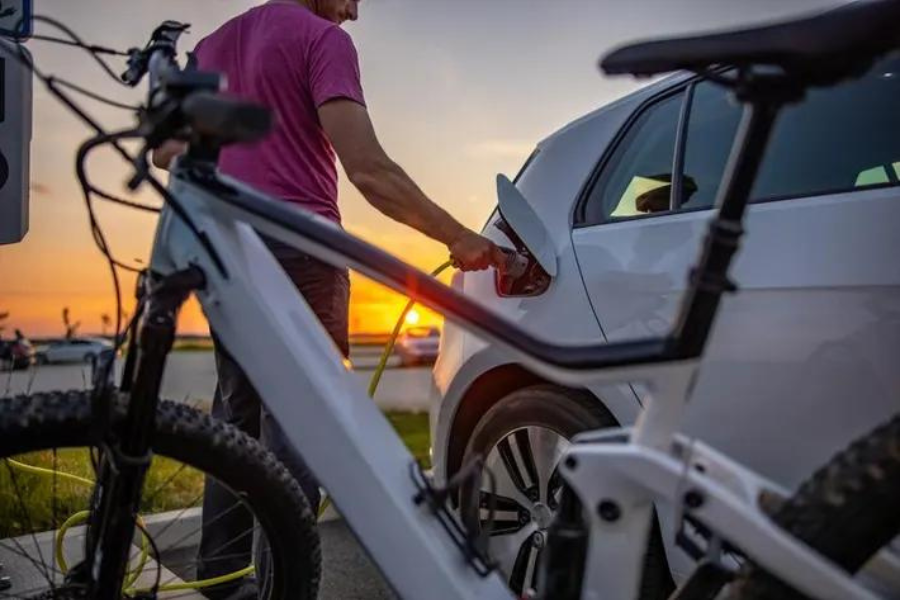
The study highlights these superusers’ challenges, emphasizing the impact of misguided land use and educational and economic decisions that lead to long commutes and dependence on high-maintenance vehicles. The consequences include high financial, social, and environmental costs for this group.
The study urges a shift in focus from affluent, early adopters of EVs to address the unique needs of these high-mileage drivers facing economic barriers and relying on older, gasoline-powered vehicles.
The study proposes targeted policy steps to address this issue and promote inclusive electrification:
- Income-Based Financing: Introduce government incentives tailored to lower-income, high-mileage users, making EVs more affordable through innovative financing and insurance options.
- Workplace Charging Solutions: Encourage businesses with high-mileage employees to offer workplace charging solutions, financing options, and mechanisms to facilitate EV adoption.
- Rural Infrastructure Investment: Develop innovative and cost-effective charging infrastructure in underserved rural communities, such as pop-up/mobile fast-charging stations along specific travel routes.
- Technology and Policy Innovation: Foster collaboration between startups and governments to bridge equity and policy gaps, allowing new approaches like pop-up fast charging, battery swapping, wireless charging, and mobile charging solutions to be eligible for infrastructure funding.
The study emphasizes the urgent need to address high-mileage drivers’ challenges, considering the economic, social, and environmental implications. It calls for a comprehensive, long-term approach to tackle the root causes, such as land use and zoning policies, educational and employment opportunities, and community planning.
Ultimately, the study envisions a future where electrification goes beyond emissions reduction, transforming urban landscapes and providing sustainable, accessible communities with diverse transportation options. By combining targeted EV policies, innovative community planning, and a commitment to economic and social justice, the goal is to create a healthier planet and a brighter future for all, irrespective of whether one resides in a rural town or a bustling city.
Electric Vehicles (EVs) are rapidly becoming a mainstream technology, gaining support from governments and manufacturers. The EV market is evolving with new models, incentives, and advancements in battery technology. While this shift contributes to a cleaner, greener future, a recent study sheds light on a unique segment of the U.S.
population known as “superusers.” These individuals, constituting just 10% of American drivers, drive an extraordinary number of miles annually in second-hand gasoline SUVs and pickup trucks. Despite being a small fraction of drivers, they consume a staggering 35% of all gasoline, surpassing the total gasoline consumption of China.

